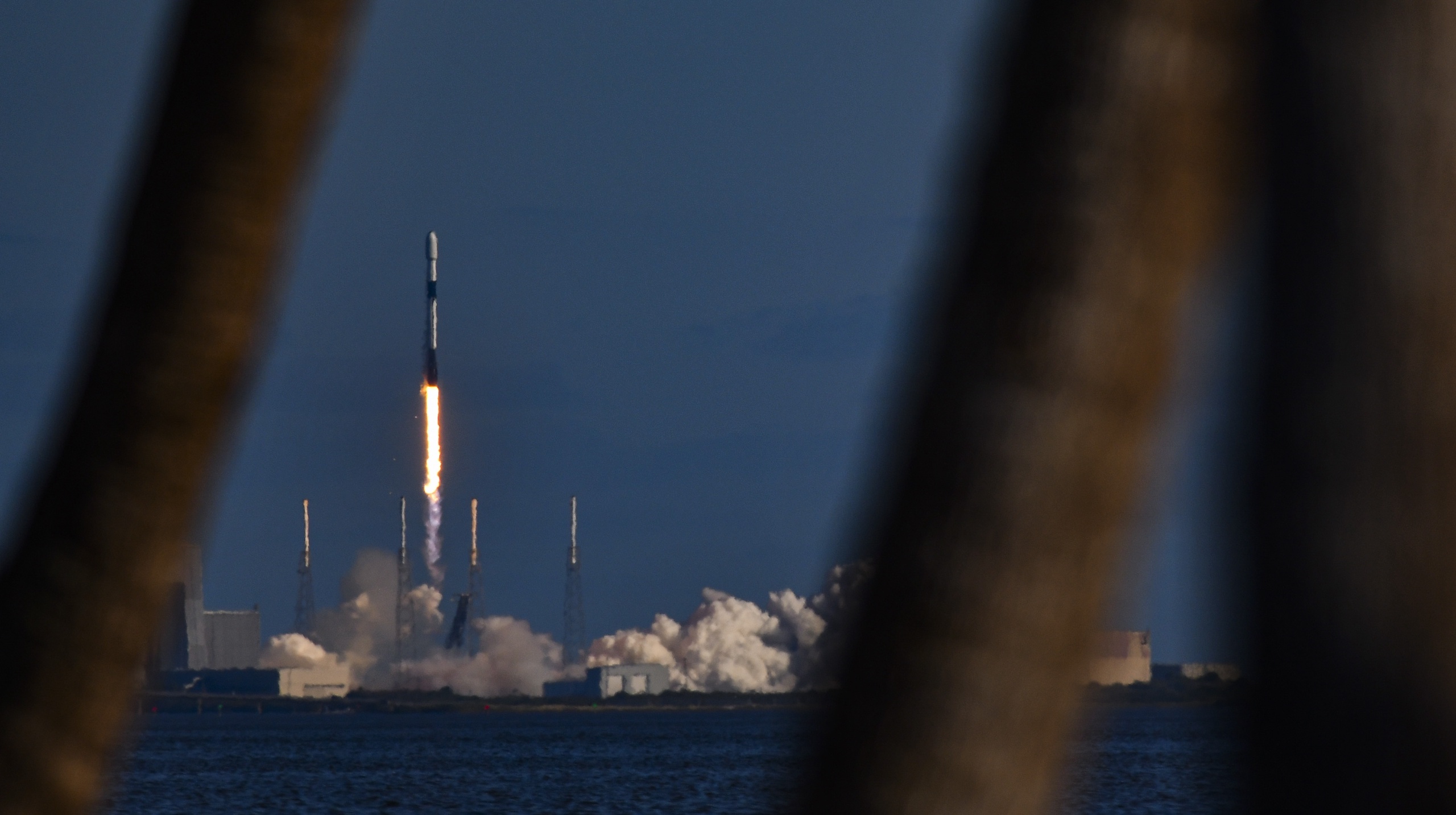The first SpaceX launch of 2023 took place last Monday from Cape Canaveral, Florida, and it’s a real first. The probe was part of a series of micro-satellites capable of closely monitoring the state of agricultural land.

Although satellite technology has been around for a while, it has never been used for agriculture before, says space expert Rob van den Berg of the Sonnenborgh Observatory. “This is one of a series of seven satellites, so more satellites will be launched in the coming years,” says Van den Berg. “Then there’s a constellation that will do it together – and that’s a first.”
Read also | Falcon Heavy, the most powerful rocket in the world, is ready to launch
According to Van den Berg, the agricultural satellite uses a large number of optical sensors on board, which can look at all kinds of different wavelengths. “They can monitor the state of crops, their health, but they are also able to monitor soil moisture and the amount of aerosols in the air, for example. And it’s the combination of all those sensors and data that makes it new.
virtual farm
The new technology would allow farmers to check the status of their farmland behind their computer. “And that’s the beauty,” continues Van den Berg. “A comprehensive set of data is provided by EOS Data Analytics, and they say they can even provide so much data that you can talk about a virtual farm.”
Read also | The test with the cosmic billiards must save the world
The data could then be linked to agricultural equipment and thus indicate which crop, for example, needs more irrigation than the other. “In this way, water can be saved,” he continues. “But you can also look at crop health and the effect of pesticides, which is unfortunately still needed in some areas. This can be minimized, and all of this automatically.’

“Food expert. Unapologetic bacon maven. Beer enthusiast. Pop cultureaholic. General travel scholar. Total internet buff.”
 DodoFinance Breaking News Made For You!
DodoFinance Breaking News Made For You!
